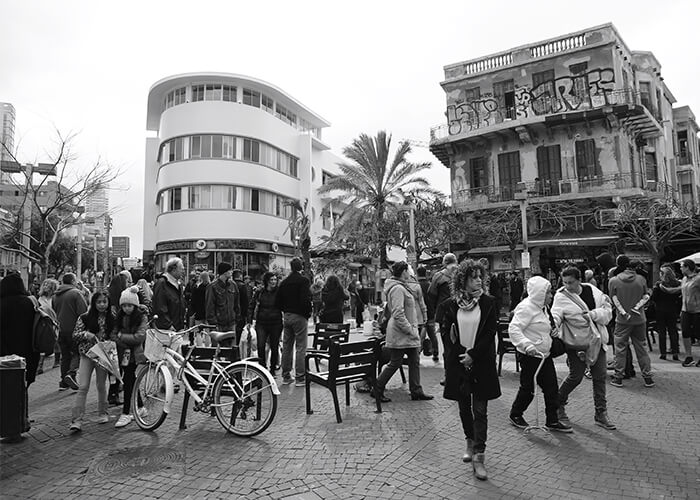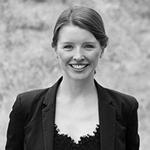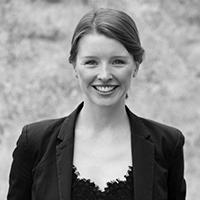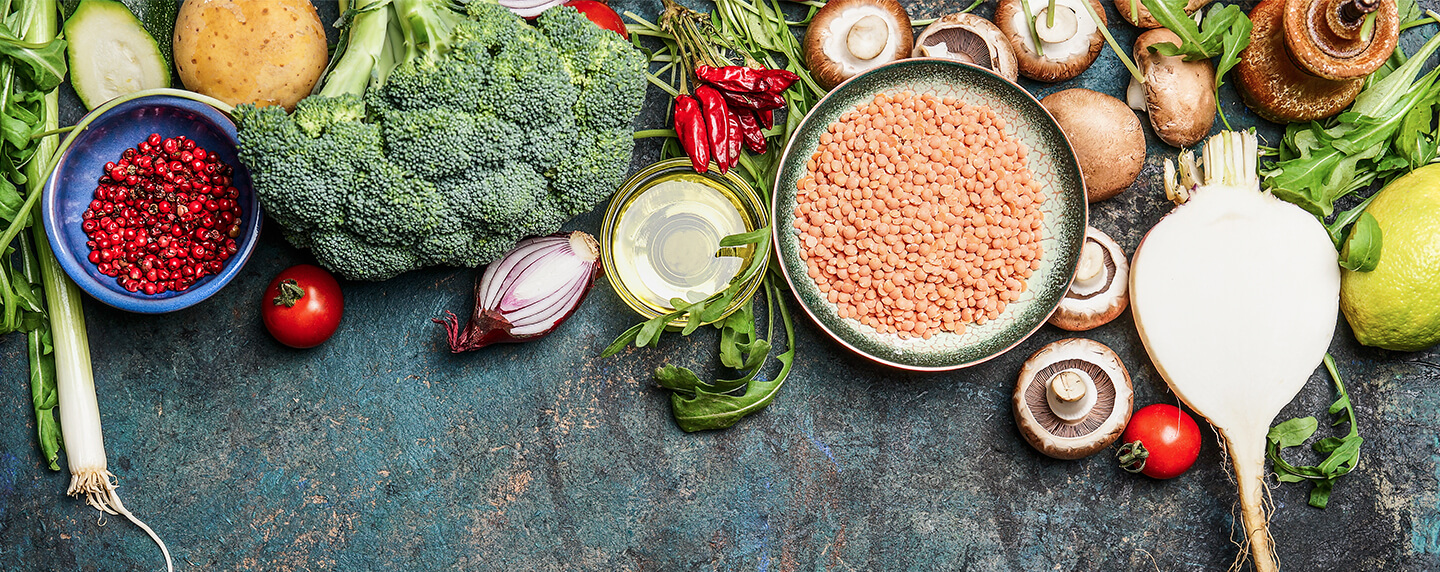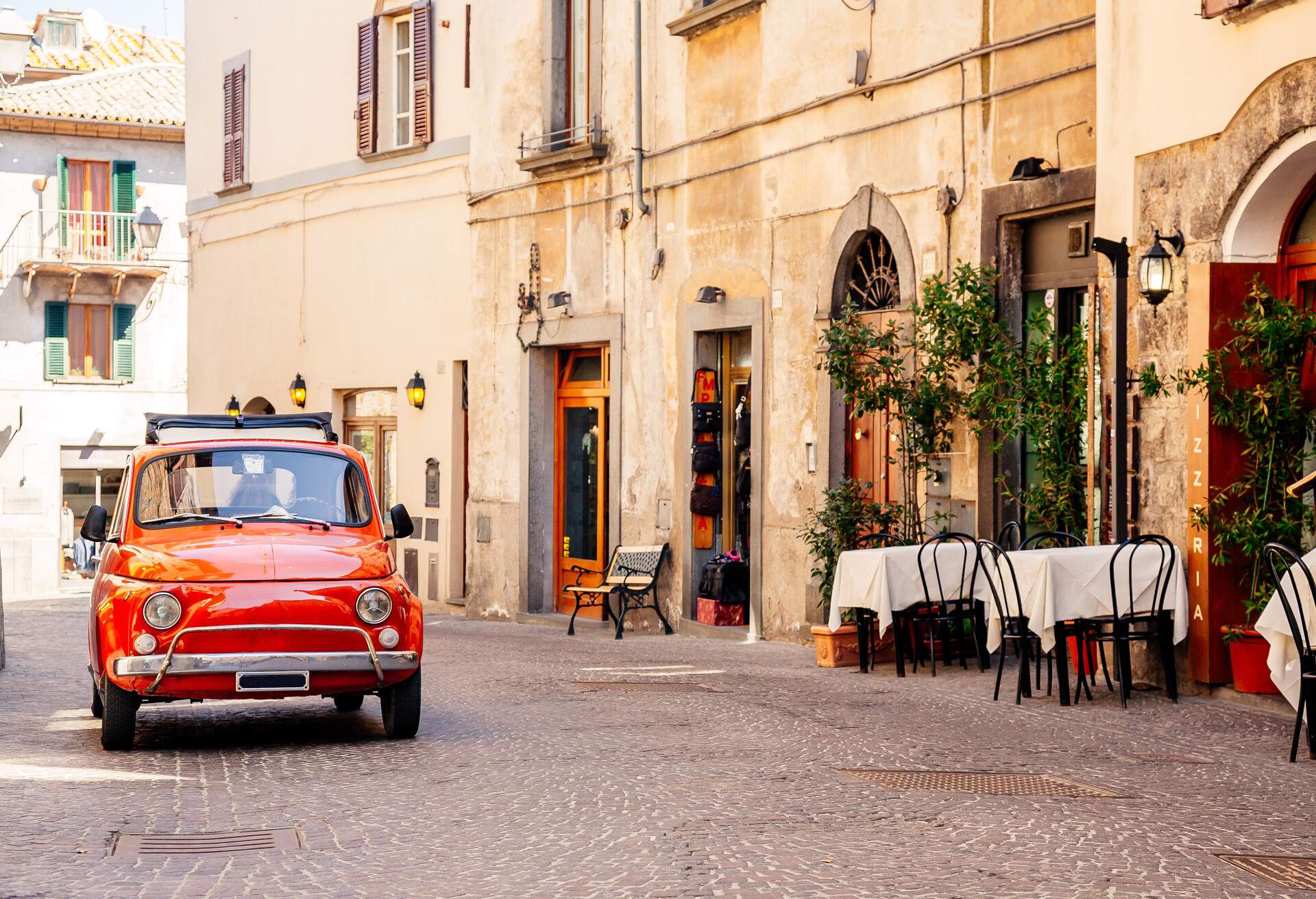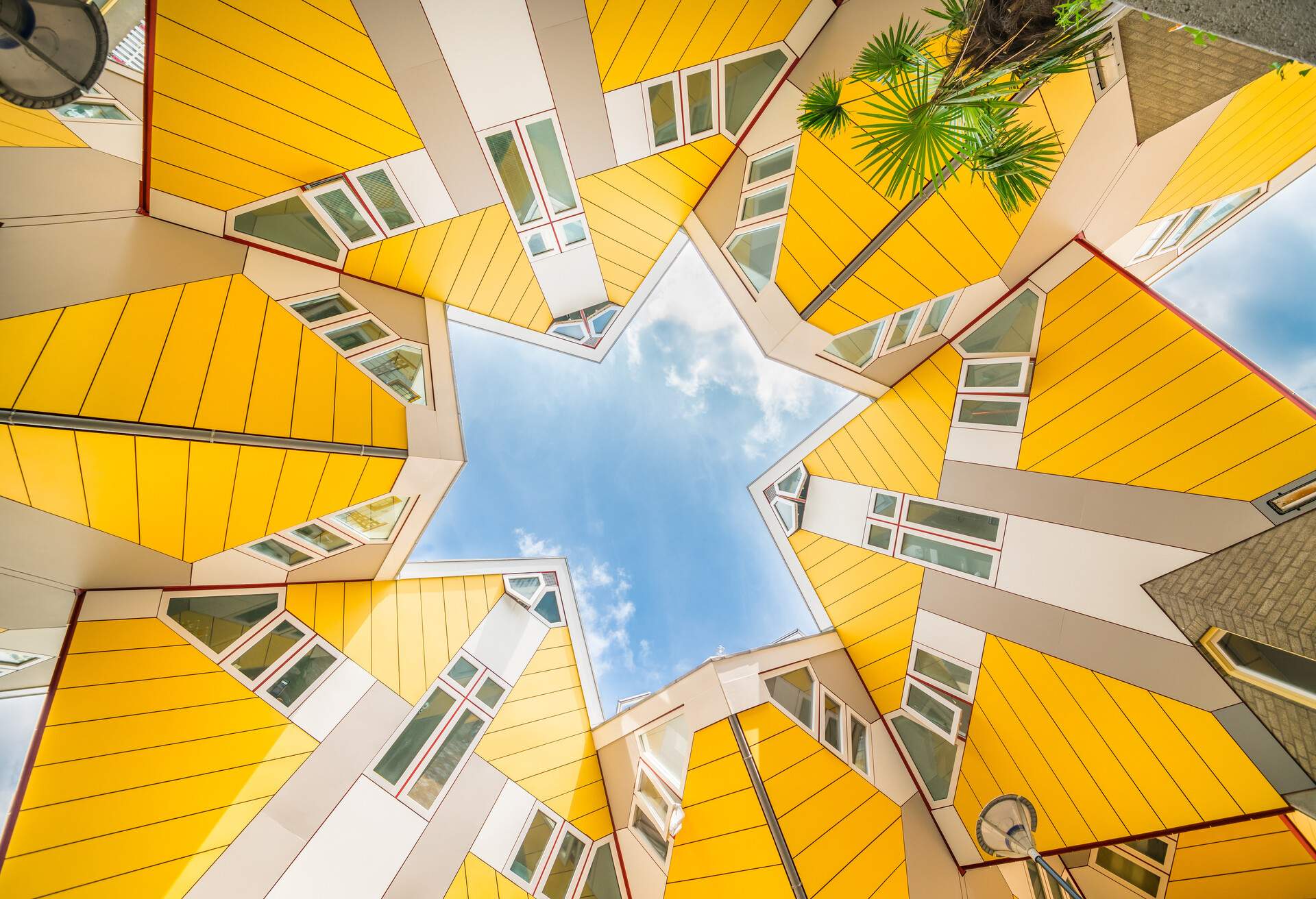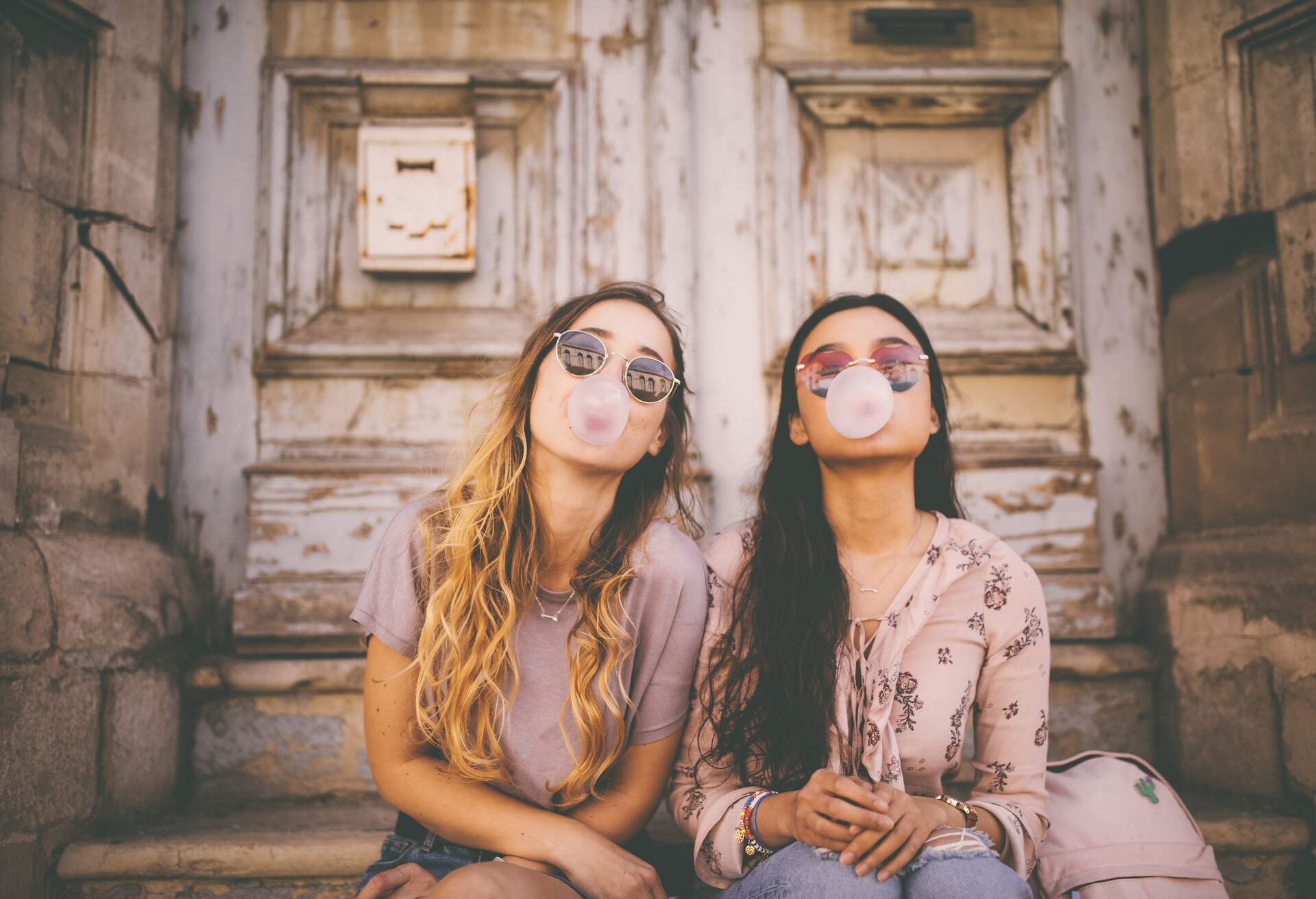Israel’s social makeup is fascinating. A mixture of religious and cultural backgrounds all finely balanced against each other. Nowhere exemplifies this more so than its largest city, Tel Aviv.
With so many seemingly opposed facets to its make-up, it’s amazing how easily the city seems to reconcile the clash of cultures into its own sort of new-age metropolis – a city with a unique blend of both ancient and modern, tradition and counter-culture – making even London seem outdated in comparison. Here’s a look into my two days in Tel Aviv – 48 hours between trends and traditions:
It’s 7:25 am on the shores of the Mediterranean. Already incandescent, yet still cool to the touch, the sand runs the length of Tayelet Promenade; 14 kilometres in length from north to south. The rising sun’s light spills out from between the crowded high-rise buildings and tickles the nape of my neck. Surfers ride the perfect waves, joggers jog and strollers stroll. Yogis of all ages salute the sun as the early birds make their way to work.
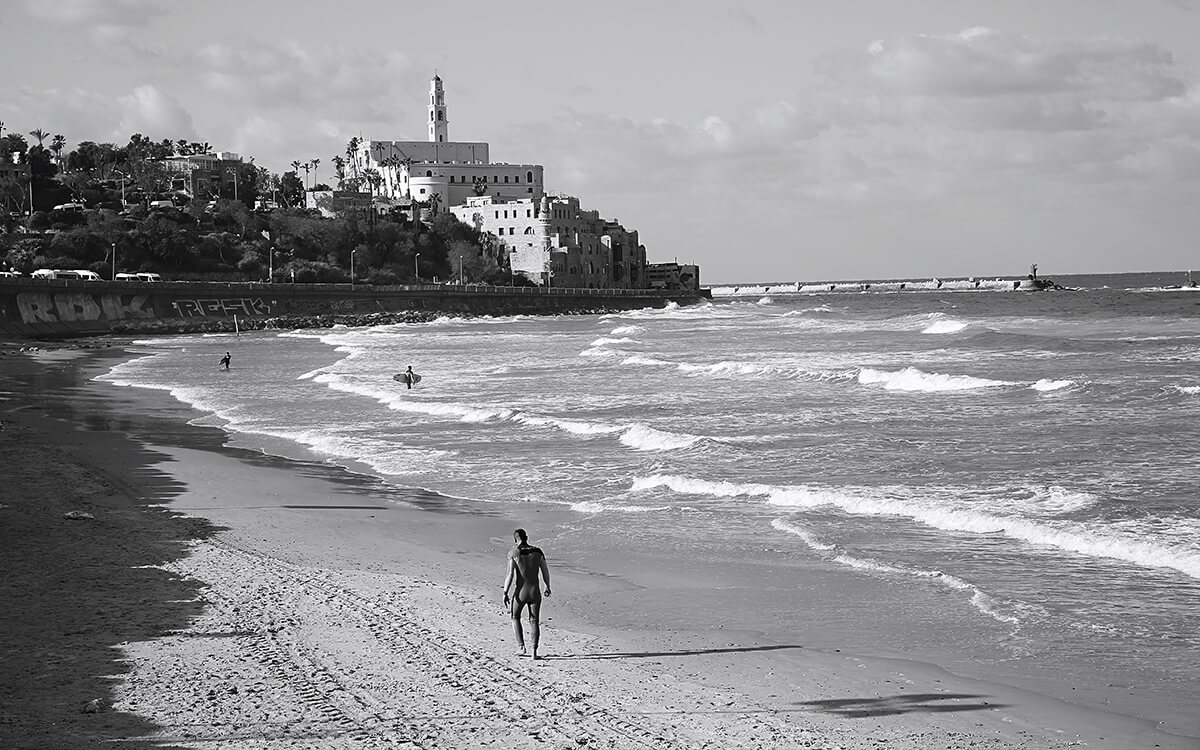
This is Thursday morning in Tel Aviv. The city is widely regarded as one of the most vibrant in the Middle East, if not the world. More vibrant than London? Some opinions will differ, but they make it no less interesting. Its population, numbering over than 400,000 inhabitants, is made up of an eclectic mix of backgrounds where different religious groups, different sexual orientations and different cultures, old and new, from all over the world are represented. A not always comfortable meeting of traditions and trends, but a meeting nonetheless. An extraordinary melting-pot of humanity. In ancient Israel, just five hours away from London, this clash of cultures is now the new normal.
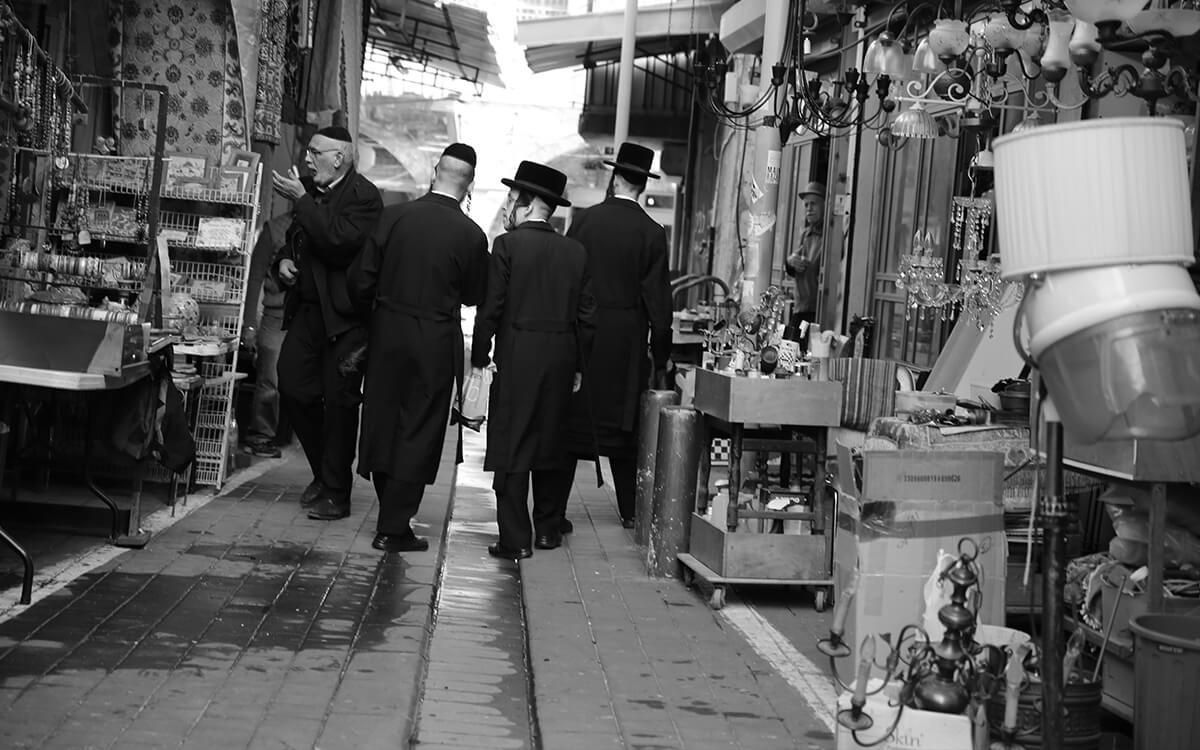
8:50 am. After catching the first of the sun’s rays, I head towards the nearby Café Shéleg for a spot of breakfast.The beach vibes are still coursing through me as I make the short walk to bustling Allenby Street, by now purring with traffic, and find a seat in the cafe.
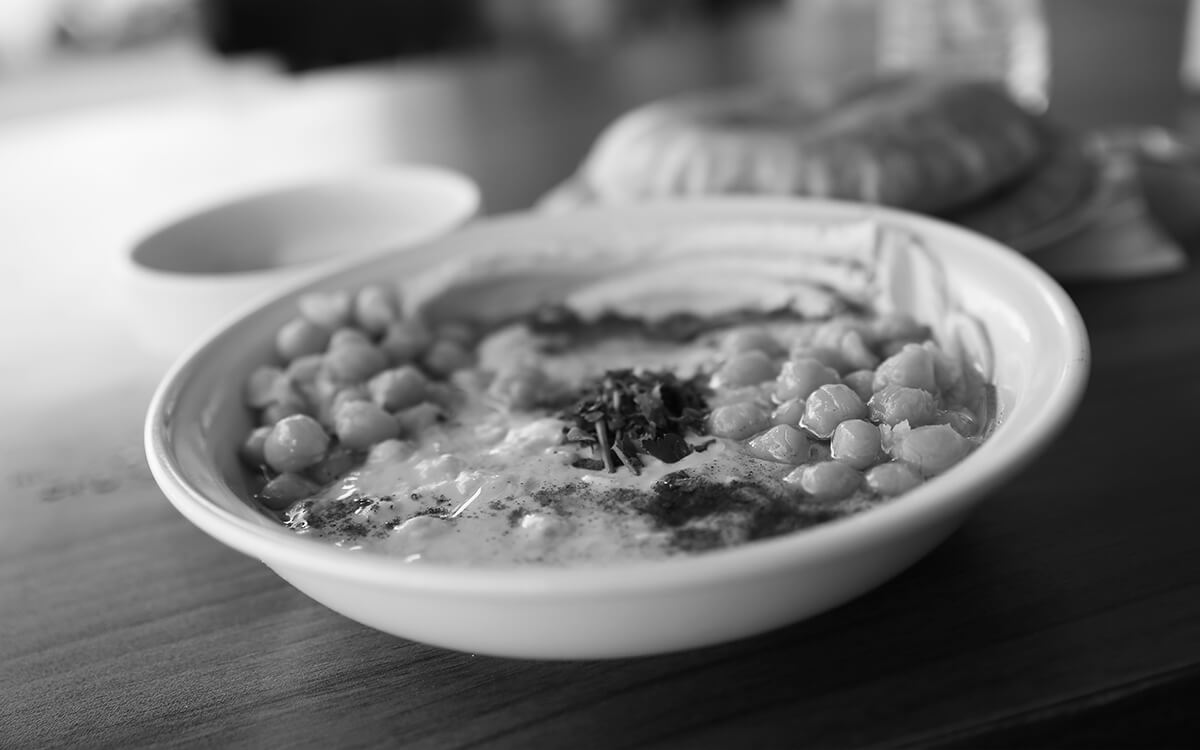
There are pita bread and hummus, toasted bread with tomatoes, beetroot and eggplant; latte macchiato and cappuccino, all brought out to the small, round coffee shop tables. Free WiFi included, naturally.
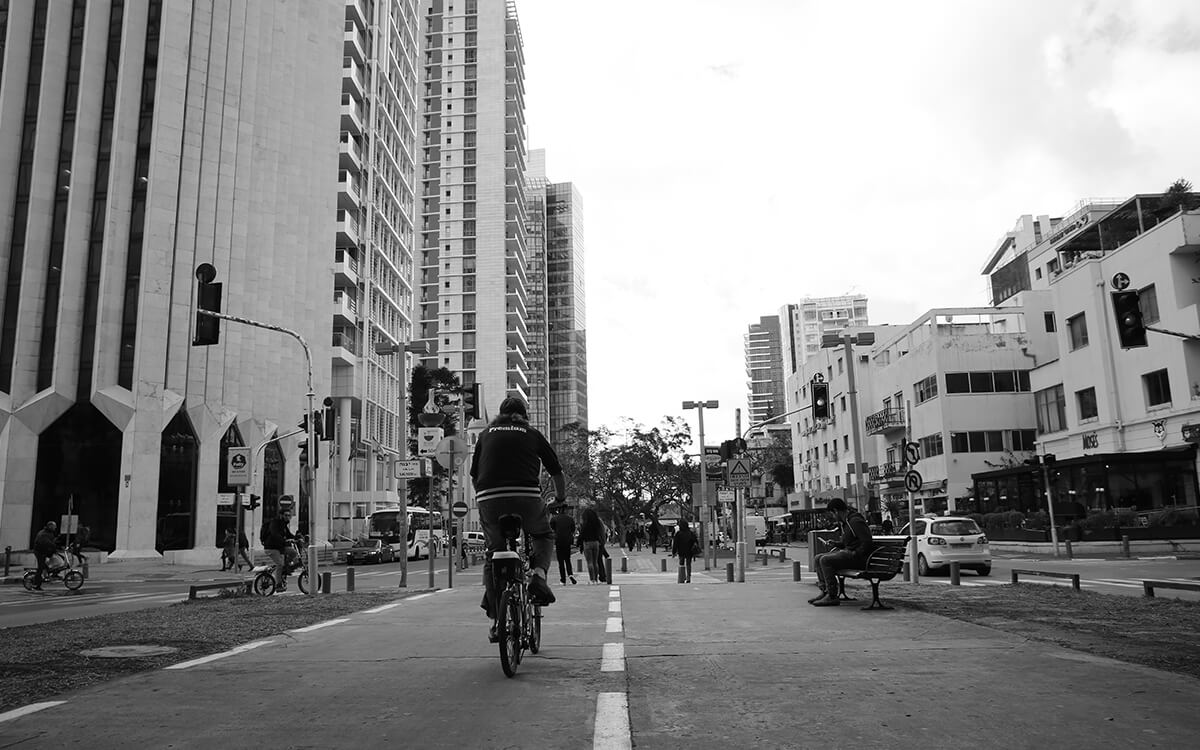
Afterwards, it’s full steam ahead on a sightseeing tour – Tel Aviv style. This means: by e-bike. Not out of laziness, but simply because here they are by far the most common means of transport, popular across all ages, classes and professions.
Pole Position Bike Rental not only offers bicycles for hire, e- and otherwise, but also offers solo and group tours. A highlight: a tour from the HaBima theatre to the south via Rothschild Boulevard, Tel Aviv’s most famous pedestrian mile with an extensive cycle path. But be careful: if you are on the road, you must take care of cyclists with super-drive – not only because of their impressive speeds but also because they drive equally freely both on the street and through pedestrian areas.
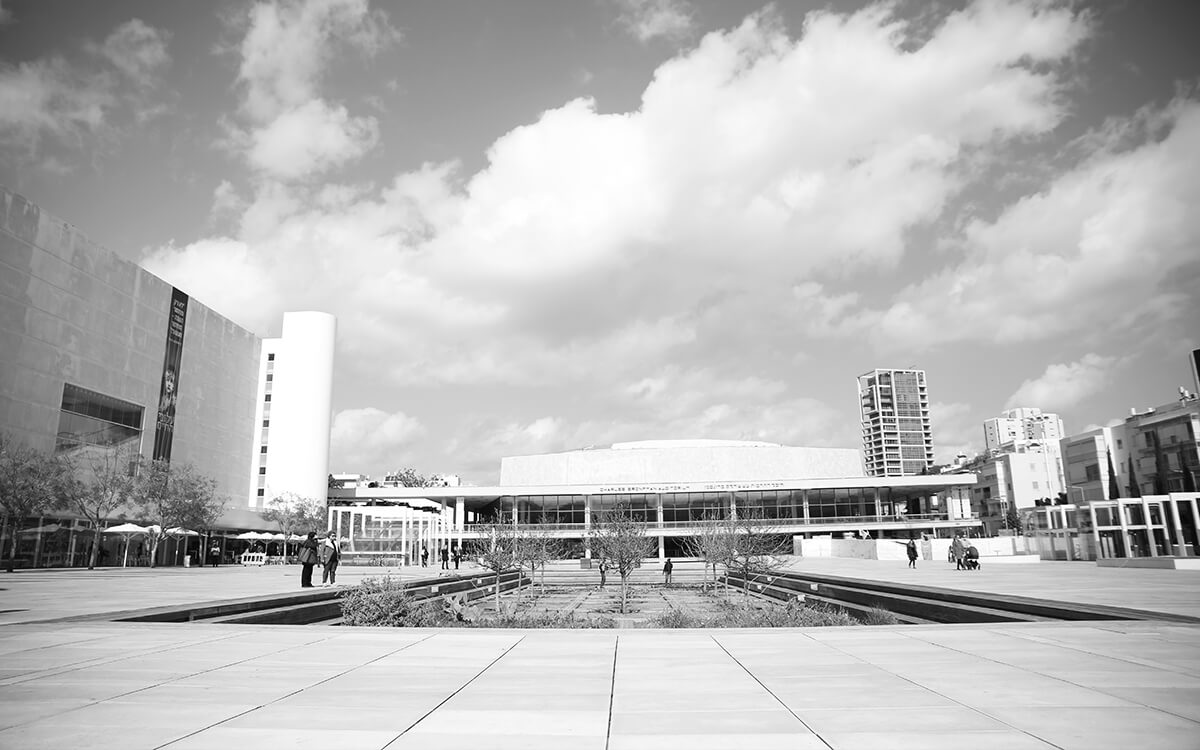
After the city circuit, it’s off down Allenby Street to Magen David Square. It’s 1:40 pm and the lunchtime business at Tel Aviv’s largest fruit and vegetable market, the Carmel Market, is booming. Products range from cucumbers and tomatoes to falafel and lollies, as well as taking in such non-edibles such as records and even handcuffs, all laid out on tables under red, green and gilded awnings.
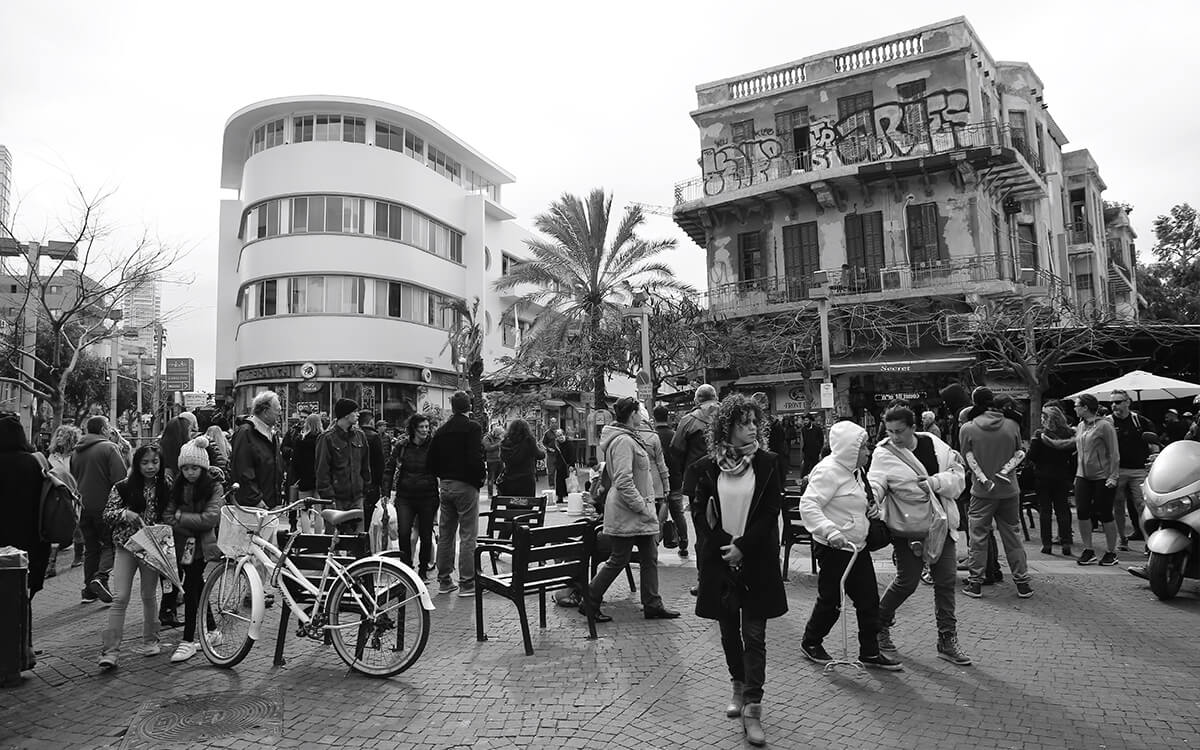
15 minutes walk to the south, the Bohemian district of Florentin offers enough entertainment to easily pass an entire afternoon. As well as its numerous cafes, restaurants and tattoo parlours, the district’s hallmark is its street art, ranging from such simple messages as “Know hope” to a portrait series memorialising the members of the 27 Club, as well as more elaborate collages.
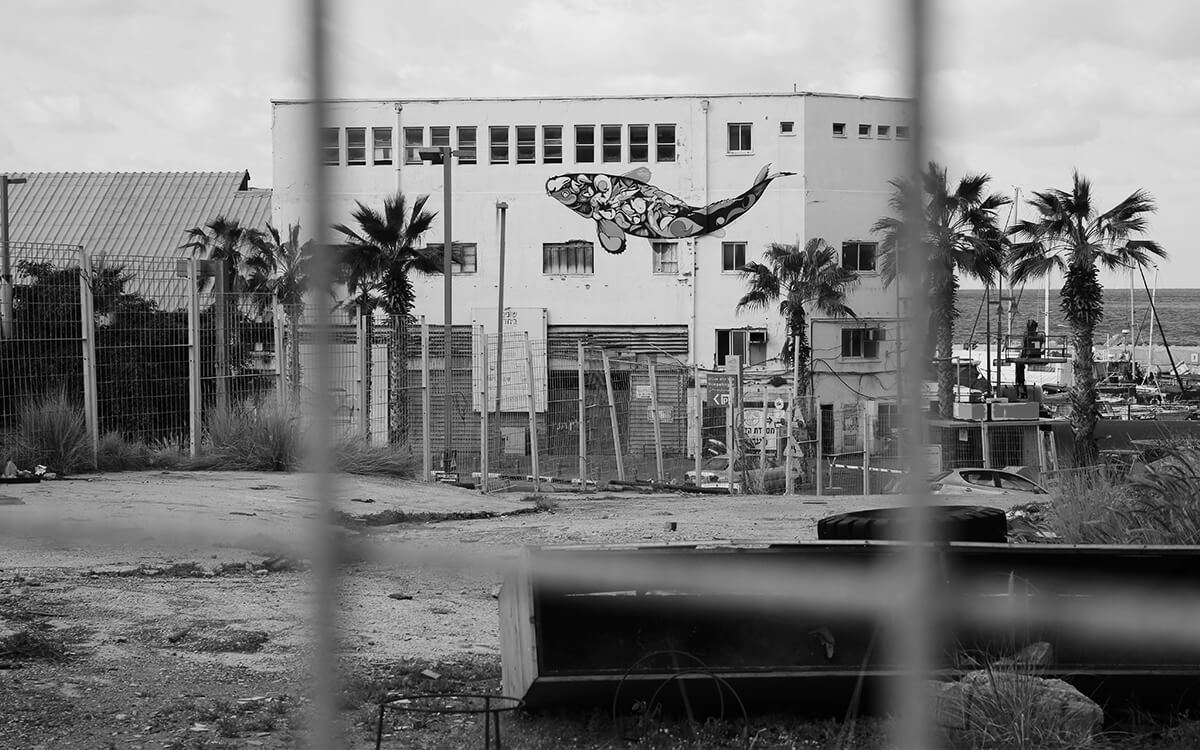
For the best views of the neighbourhood’s many artworks, take a guided tour. At telavivstreetart.com you will find various tour operators catering to the general or very specific. Or if you prefer to explore the area on your own, you can find an online guide and set off on a self-guided tour.
Architecturally, Tel Aviv is not classically beautiful. One area, however – the ancient town of Old Jaffa in the south – is a draw for the aesthetes. At the southern end of the beach promenade, its sandstone silhouette, with the minaret of the Al-Bahr Mosque in the background, offers a fabulous contrast to the high-rises of the city centre. Wandering along the narrow alleyways, around the Jaffa theatre and to the Zodiac fountain is enchanting. By now the sun has long since retreated from the heights of its lunchtime perch and is now hovering out over the sea.
And for the real travel gurus, go ahead and sign up for a Price Alert from KAYAK – the best way to stay on top of daily price shifts so you can make sure to get the best deal.
Just a few minutes’ walk south-east of these attractions is the Jaffa flea market, a treasure trove of old furniture, carpets, lamps, jewellery and much more, which has been operating here from Sunday to Friday for over a century.
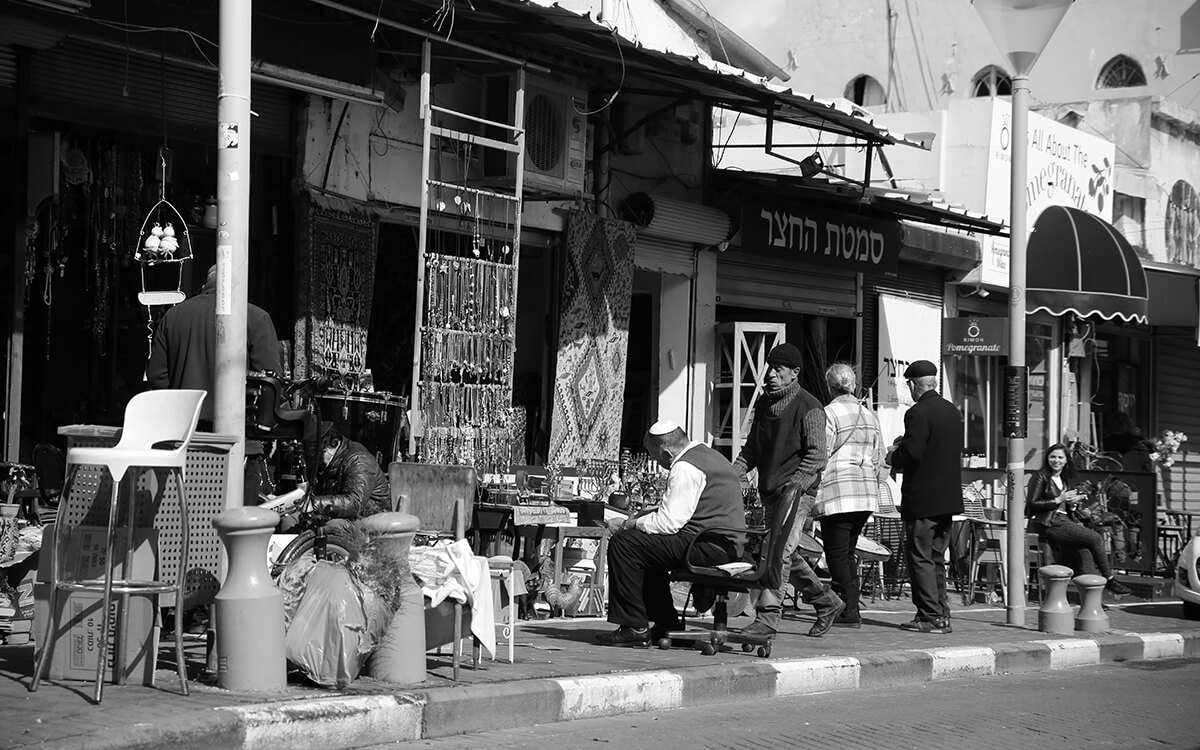
The eventual plan is to visit a nearby legendary location for drinks, but it’s still a tad too early for that – instead, we return to modern Tel Aviv for dinner at the much-hyped restaurant Tzfon Abraxas . Head Chef Eyal Shani’s trademark is not only his daily-changing menu, whose fusion dishes hover somewhere between Oriental and Mediterranean cuisine but also the complete absence of any plates. Instead, the food is served on cardboard or in paper bags.
After dinner, it’s back to Jaffa, a more than worthwhile destination for a return visit. Not only because it allows us a pleasant after-dinner stroll to aid the digestion, but also because it is here that I receive my introduction to the famous nightlife of Tel Aviv, at the underground bar Anna Loulou – the perfect distillation of the city’s noisy, wild, jubilant, free nature, all smack bang in the middle of the old town. If you still have nimble feet after a full day of sightseeing, you can dance your heart out to the music, both pre-recorded and live.
Friday morning is a good day to have a bit of a lie-in. Partly because Friday night is the biggest going-out night of the week, but also because, in many restaurants, such as Orna & Ella, breakfast is served until 12:30.
If you prefer an early start and are looking for something to satisfy your cultural cravings, head to Dizengoff Square for a 9:50 am rendezvous. If the square looks strangely German, there’s a reason – its environ is furnished with examples of Bauhaus architecture, imported by architects fleeing from Nazi Germany in the 1930s. Every Friday at 10 am, the Bauhaus Center offers a tour of the “White City”. There are more than 4,000 Dessau-style buildings throughout Tel Aviv, in addition to numerous other international influences – the city’s design a reflection of its history of immigration.
✈Manchester – Tel Aviv, 7 – 17 September, flights starting at £142
✈London – Tel Aviv, 15 – 19 June, flights starting at £164
✈Edinburgh – Tel Aviv, 13 – 17 May, flights starting at £207
If Old Jaffa’s flea market was a beguiling market for furniture, the Little Prince Bookshop is every bit its equal for books. The perfect place for a small lunch break and a repository of second-hand editions, all of which can be enjoyed with cappuccino, or more substantial delicacies if you’re feeling peckish.
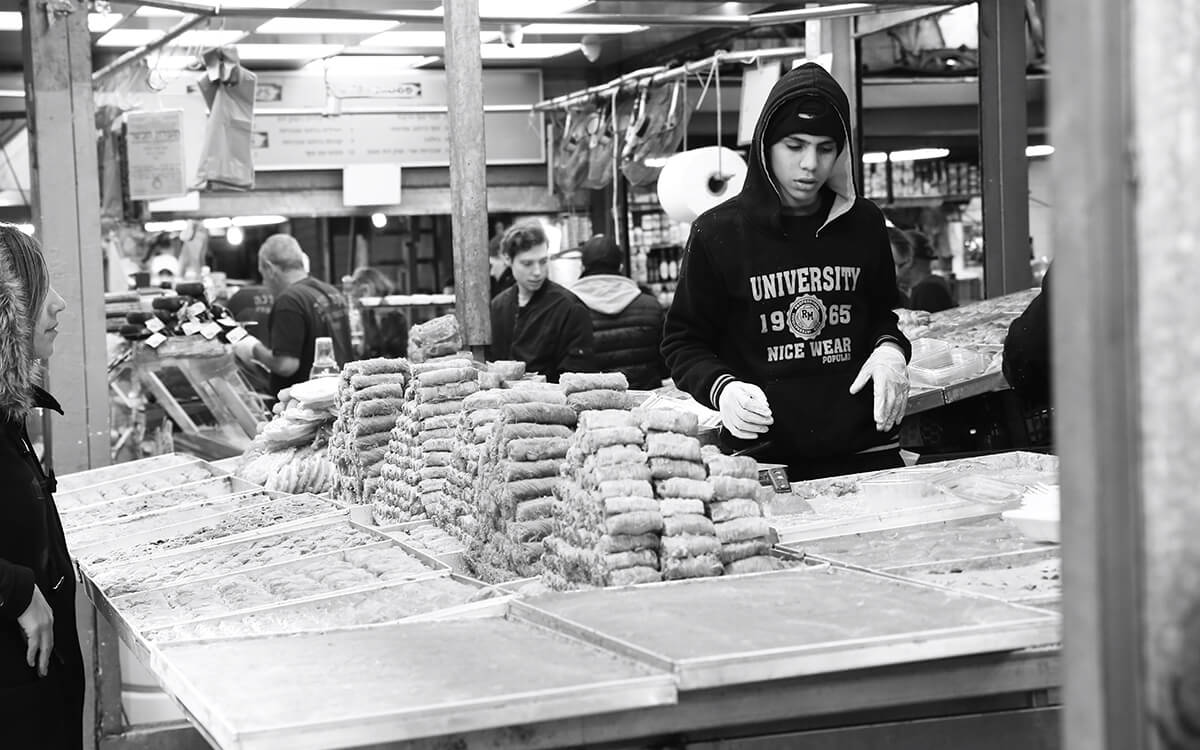
A short stroll to the south is the Neve Tzedek district. Boutiques, vegan restaurants and bookshops in which the variety of languages seems to outweigh the number of books. Think Dalston in London, Prenzlauer Berg in Berlin or Brooklyn’s Park Slope. At 2:50 pm, the Dalal Bakery is full of people sitting enjoying their afternoon coffees and pastries. A good place for a quick snack, or a quick bout of people-watching.
Accommodation suggestions in Tel Aviv
- Milk & Honey Hostel starting from £17 (Standard budget hostel, well-rated, not far from the beach)
- Galileo Hotel starting from £74 (2 stars, basic but neat, has spacious rooftop terrace and is close to the beach)
- Hotel Rothschild 22 Tel Aviv starting from £139 (3 stars, has sleek design and is incredibly stylish)
- Crowne Plaza Tel Aviv City Center starting from £198 (5 stars, offers luxury galore, and is the highest rated hotel in all of Tel Aviv)
And then, all of a sudden, a strange calm suddenly descends. Shops lower their shutters, offices close, the streets empty. It is Friday evening – the beginning of the Sabbath, and a public day of rest. The shops are closed and public transport stops until Saturday evening. If you appreciate calm and quietude, this might sound lovely to you. If not, you might be wondering, ‘ spend Shabbat in Tel Aviv?’.
If you want to find the perfect hotel for you in the right part of the city, try KAYAK Heat Maps. Simply click on ‘Show map view’ in the the top right-hand corner of the results page where it says ‘Go to map view’. From here you can filter by what’s most important to you: Shopping? Food? Nightlife? Stay in the ‘hood that’s best for you.
But it’s now that you can really experience the other, traditional side of the city. Even non-religious Jewish families and friends often come together for Shabbat dinner on Friday evenings, which is typically celebrated with the traditional lighting of candles, a simple prayer and the breaking of bread before the meal. Through platforms like EatWith or providers like DeliciousIsrael, travellers also have the opportunity to participate in a Shabbat experience – something you should not miss out on if you have the chance.
After a hearty dinner and two (or three) glasses of wine later, it’s time for Friday evening to begin in earnest. 11:15 pm: Tel Aviv is flooding the club scene – all the more so because in Israel, Sunday is a working day and only Saturday is good for sleeping. The most popular addresses for late-night aficionados are currently Block Club, Bootleg Club and Pasáž, which is also popular among the gay population. Although, if you really want to go out Tel Aviv style, you can’t just stick to one club – instead keep changing locations every one or two hours – until dawn, of course.
Note: These rates are based on search queries made on KAYAK.co.uk on March 23rd, 2017.The prices are quoted in GBP. Flight prices are based on results for a return economy flight search. Hotel prices are for double occupancy and include taxes and fees. Prices are subject to change, may vary, or no longer be available.
